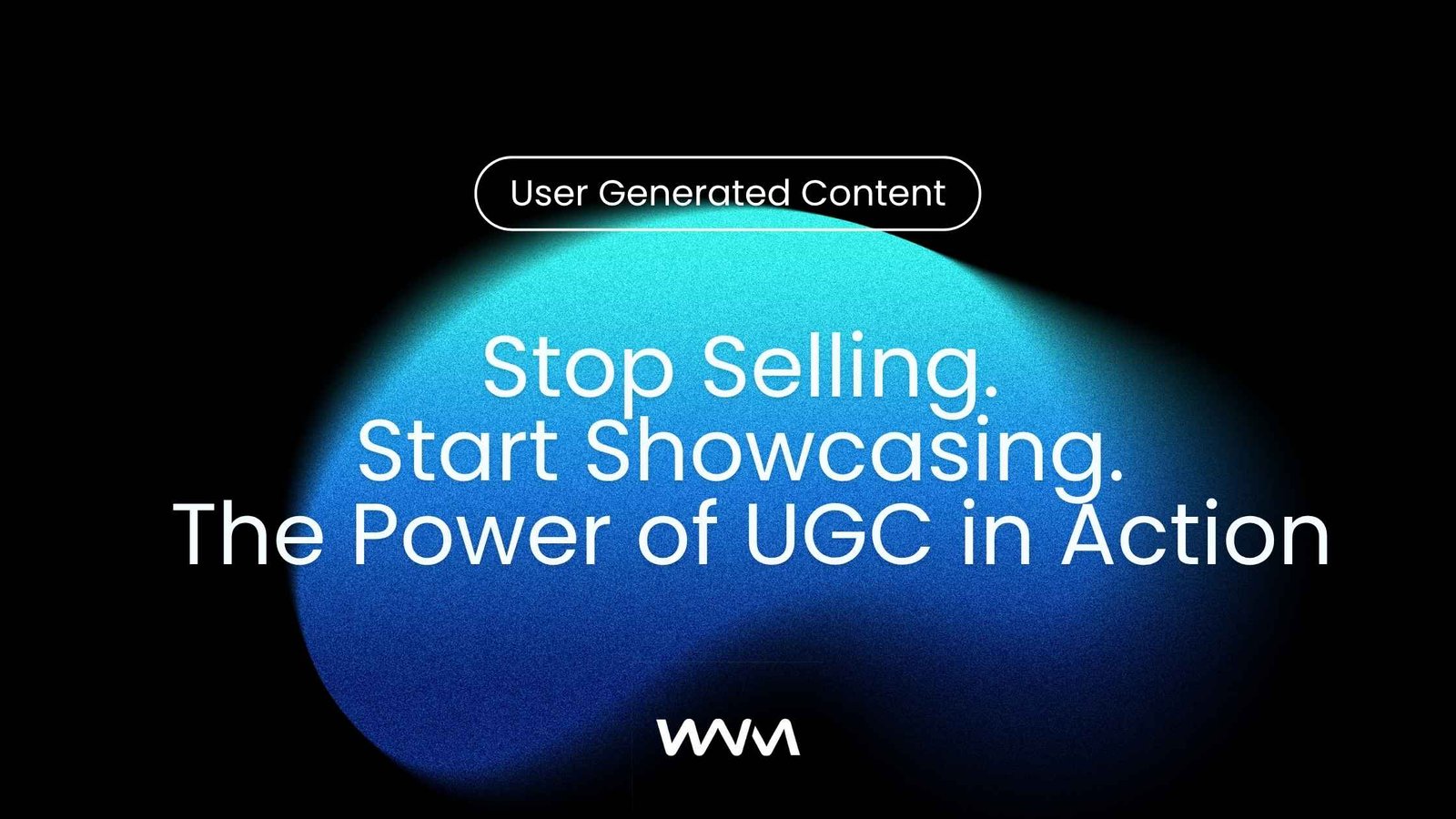Apple Branding and Marketing Case Study
Apple Inc. Holds a position as one of the renowned technology brands internationally. Established in 1976 by Steve Jobs, Steve Wozniak, and Ronald Wayne, Apple initially focused on selling the Apple I personal computer kit as a computer company. Throughout the forty years, Apple has transformed into a valuable brand worldwide by revolutionizing consumer electronics and enhancing technological accessibility.
With its headquarters located in Cupertino, California, Apple has expanded its operations across countries. Now, it functions as a multinational corporation. Apple Branding and Marketing Case Study discusses all of the different methods and practices Apple uses to enhance its global market.
Apple’s Target Customers
Apple primarily targets consumers in the high-end market for consumer electronics. The company’s products command premium pricing, catering to customers who prioritize quality, design and user experience.
Specifically, Apple targets:
- Urban professionals, students and creatives
- Higher-income segments
- Tech early adopters and influencers
- Consumers who value style, design and simplicity
In terms of demographics, Apple’s core target market ranges from 20-45 years old. However, the brand has expanded its reach to business professionals and broader age groups.
While Apple connects with a wide spectrum of consumers, the brand focuses its marketing on metropolitan areas and higher-tier retail environments. Apple leverages its premium brand image to appeal to customers who identify with its vision of innovation, creativity and style.
Apple’s Market
The company’s flagship iPhone accounts for around 50% of company revenue. However, according to Apple Branding and Marketing Case Study, it has successfully expanded into new product categories over the years. As an early mover in emerging tech markets, the company has frequently disrupted industries with its innovative designs and intuitive user experiences.
Major competitors across Apple’s product lines include Samsung, Google, Amazon, Microsoft and Dell. However, this is the only brand that matches Apple’s ecosystem of products, software, services and proprietary retail stores.
Beyond hardware, the App Store has become a lucrative services business for Apple. The company also leverages its premium brand image to generate revenue from subscriptions like Apple Music and iCloud storage.
Apple’s Marketing Mix
Apple has devised an ingenious marketing mix that caters to its premium brand positioning and drives preference and loyalty. Let’s analyze 4 Ps of Apple Branding and Marketing Case Study:
Product
- Pioneering technology products like Macintosh, iPod, iPhone, iPad, Apple Watch
- Services like iTunes Store, App Store, iCloud, Apple Music, Apple TV+
- Accessories like AirPods, keyboards, mice, adapters
- Constant innovation and new releases to stay ahead of the competition
Price
- Premium pricing strategy with high margins
- Limited discounts and promotions
- Product segmentation – MacBooks, iMacs, and iPhones at varied price points
- Financing options like the iPhone Upgrade Program make high prices affordable
Place
- 510 Apple stores worldwide for direct sales, support, and service
- Online Apple Store ships to over 100 countries
- Third-party retailers like Walmart, Best Buy, cellular carriers
- Wholesale and retail distribution channels
Promotion
- Product unveilings and launches get worldwide media coverage
- Minimal yet impactful ads focused on human experiences
- Influencer marketing leverages loyalists and brand advocates
- Buzz marketing and word-of-mouth amplify interest in releases
- Email marketing, social media, and push notifications to engage existing users
HubSpot Marketing Strategy Case Study
Apple Products and Services
Apple provides a variety of product lines and associated services. An outline of their services is provided below.
iPhone
The iPhone, which was initially introduced in 2007, represents Apple’s range of smartphones. The iPhone combines cellular communication, mobile computing and internet connectivity in a single touchscreen device.
Apple releases new iPhone models annually with improved hardware capabilities. The company uses exclusive iOS software to power iPhone devices and connect them with other Apple products.
iPad
Unveiled in 2010, the iPad helped popularize the tablet computer market. With its large touchscreen and lightweight mobile design, the iPad bridges the gap between smartphones and laptops. Apple offers various iPad models at different price points to serve multiple consumer segments.
Mac
Mac is Apple’s long-running line of personal computers. First introduced in 1984, the Mac ecosystem now includes desktops, laptops and workstations.
The Mac operating system, now called macOS, pioneered the graphical user interface and mouse input. Mac devices cater to high-end consumers and creative professionals.
Apple Watch
Released in 2015, the Apple Watch is a smartwatch product integrated with iPhone and iOS. It provides fitness tracking, notifications, apps and mobile payments via Apple Pay.
Positioning the Apple Watch as both a health companion and style accessory has made it the top-selling smartwatch globally.
AirPods
Apple’s wireless Bluetooth earbuds, AirPods, have become a cultural phenomenon. AirPods seamlessly connect with iPhones and other Apple devices.
With simple pairing, quality sound and a distinctive design, AirPods now account for over 50% of wireless headphone sales worldwide.
Services
Beyond hardware, Apple operates a growing services segment encompassing:
- App Store: iOS and macOS app marketplace
- Apple Music: Music and video streaming
- iCloud: Cloud storage
- Apple Pay: Mobile payments
- Apple TV+: Video streaming
- AppleCare: Device insurance and support
Apple Branding Strategy
Apple Branding and Marketing Case Study revolves around delivering innovative, easy-to-use technology with a premium user experience. Apple’s brand promise and core values drive all aspects of the business.
Simplicity
Above all, Apple branding emphasizes simplicity in design and user experience. Apple products feature clean industrial design and intuitive interfaces to make technology accessible.
Marketing campaigns like “It just works” communicate functional simplicity. Apple retail stores also showcase this value via hands-on demos and customer service.
Innovation
Apple has cultivated a brand image centered around design and technological innovation. The company is constantly improving its hardware and software to enhance performance.
New Apple product releases generate significant hype in the media and among loyal fans. Limited availability and queues outside Apple stores add to the product launch spectacle.
Premium Experience
With premium pricing and high-end branding, Apple products are lifestyle accessories that confer status. Owning the latest iPhone or Mac conveys taste, style, and affluence.
Creativity
Apple brand messaging often highlights creativity, imagination and self-expression. For example, the iconic “Think Different” campaign from the late 1990s featured artists, musicians and inventors who changed the world.
Privacy
More recently, Apple has emphasized data privacy as a key brand differentiator. Through commercials and public statements, Apple promotes itself as a brand that protects user data and defends privacy rights.
Apple Logo
Apple’s logo symbolizes the brand’s design heritage and values. The iconic apple shape with a bite removed initially represented a tribute to Isaac Newton’s discovery of gravity under an apple tree.
The colourful striped version introduced in the 1970s showcased Apple’s use of color graphics capabilities. In the 1980s, the logo transitioned to a monochromatic look.
The solid black Apple logo used today first appeared in 1998. While the shape remains unchanged, eliminating color streamlined the logo for digital and print use. The updated logo reflected Apple’s move towards more sophisticated brand marketing.
Because Apple dropped “Computer” from the company name in 2007, the stand-alone Apple shape now represents the brand identity across all of Apple’s products and services.
Apple’s Digital Marketing Strategy
Apple has nailed digital marketing by leveraging owned, earned, and paid channels to engage customers, drive desire, and increase sales.
Website
The Apple website comprehensively covers products, support, and services. Clean aesthetics and smooth navigation provide an immersive brand experience. The Apple Store online allows customized product selection and direct worldwide delivery.
Social Media
Apple runs active support accounts on Facebook and Twitter but refrains from posting updates from its main brand handles. The focus is purely on providing customer service. User-generated content does the job of promotions and engagement organically.
Online Ads
Apple runs paid search and display ads to drive discovery and searches for its brand and products. Video ads and app install ads target high-intent users across search engines, social media, streaming platforms, and publishers.
Email Marketing
Regular email updates notify users about new releases, offers, tips and updates. Effective segmentation ensures relevant messaging based on user behavior and lifecycle stage.
Referral Marketing
The Referral Program rewards Apple users for convincing friends and family to buy and try Apple products with extended trials and discounts. Referrals become brand advocates.
Apple’s Advertising and Campaigns
Advertising has played a pivotal role in Apple’s marketing success over the past 40+ years. Apple’s advertising introduces innovations while attracting customers to its brand vision.
1984 Super Bowl Ad
Apple’s famous 1984 Super Bowl spot introduced the Macintosh personal computer as challenging conformity and empowering creativity. The ad envisioned Apple as a liberating force breaking IBM’s monopoly over computing.
This iconic ad established Apple’s brand positioning as a creative, non-conformist innovator. It also revolutionized Super Bowl advertising by showcasing creative storytelling versus straightforward product promotion.
Growth of Apple
Apple Branding and Marketing Case Study is a stellar example of marketing mastery. By blending best-in-class products with customer-centric marketing, Apple has become one of the most admired and profitable brands in the world. Understanding Apple’s approach can help inspire marketing success across industries. However, Apple’s success stems from reinventing product categories based on consumer insights. Brands must find their purpose and truths to build sustainable marketing strategies.
At White Winter Digital, we focus on helping our clients kickstart their branding in an impactful manner. Email us at digital@whitewintermarketing.com to learn more about how we can assist your brand’s growth.
About WhiteWinter Marketing



